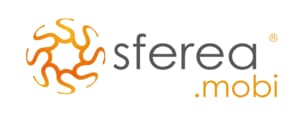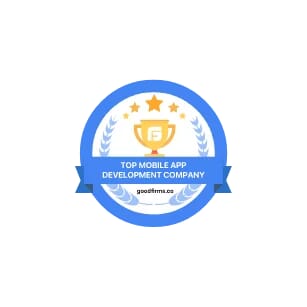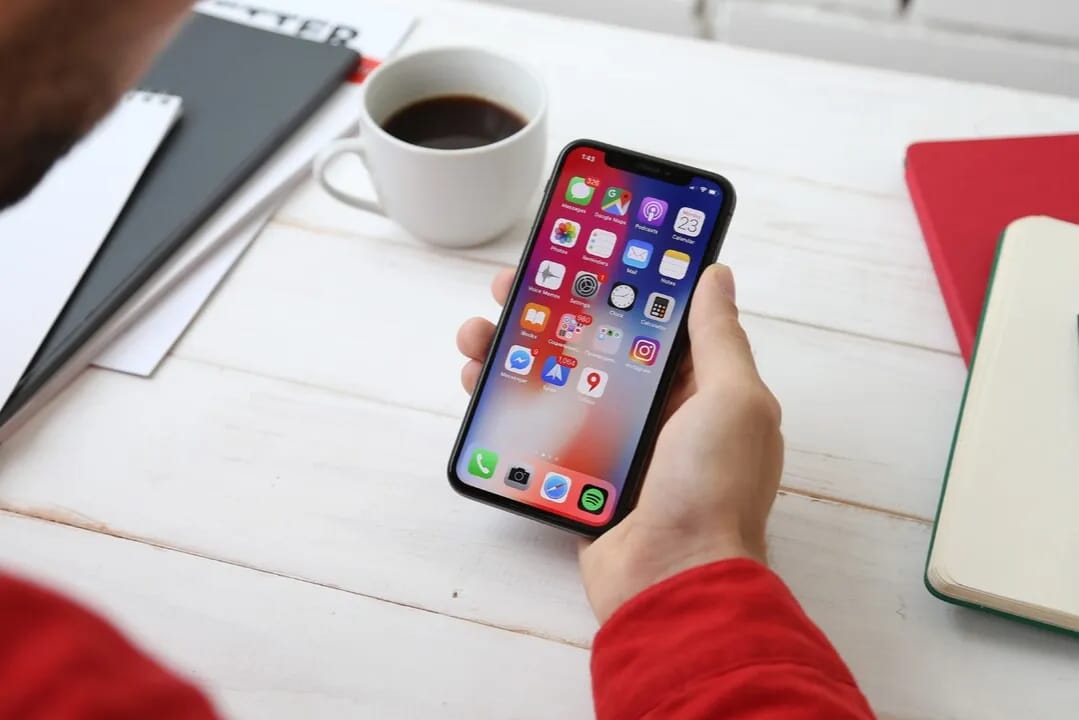
Guide to Quoting Your Next App
These simple tips will help you document your brilliant app idea clearly and accurately. A well-structured document will allow you to gather multiple quotes and choose the best provider for your app development.
Many times, as a company focused on mobile app development, we’ve encountered various cases where individuals or organizations approach us with the intention of starting a mobile app project. During a call or meeting, they eagerly share their plans with us. However, what seems to be a smooth conversation suddenly becomes somewhat vague when we start asking basic questions such as:
If all these questions seem complicated, don’t worry. In this article, you’ll understand each point and be ready to start documenting your requirements.
To get started, we recommend being upfront with the provider and letting them know if you’re just looking for a general estimate of the investment for your project, or if you need a full and formal commercial proposal because you’ve already decided to purchase your app in the near future.
To obtain a budget estimate, it’s not necessary to create such a detailed document. A brief description given to the provider will suffice, along with a request for a cost estimate.
If you want to receive a formal and complete commercial proposal, it’s important to understand what an RFP (Request for Proposal) or SDP (Solicitud de Propuesta) is in Spanish.
As the name suggests, it’s a document you need to create with the purpose of outlining all the necessary requirements for the execution of your project. This document details various technical aspects that the service provider must consider in order to understand and craft an attractive and competitive proposal. This will allow you to gain a clear understanding of your options, closely aligned with your needs, helping you make the best decision.
Below, we provide you with 10 practical tips to help you solidify and document your idea, and streamline your requirements gathering process:
ABOUT THE PROCUREMENT ADMINISTRATIVE PROCESS
1. Clearly define the objective of your project.
To address this point, the first questions you should ask yourself are: What business problem are you trying to solve? Or, what service will your consumers receive through your app? Will the app help increase your revenue? Will it make you more efficient and reduce costs? Is the investment in app development justified by the benefit of solving the problem?
Clarifying these points will help you pinpoint the purpose and rationale of your application and even determine if you really need to develop a mobile app.
2. Define the timeline for the procurement process.
Another important aspect of an RFP is clearly outlining the dates involved in the process. This includes the date of publication and distribution of the RFP, the period for receiving questions, the deadline for receiving proposals, and the date when the winner of the bid will be announced. This will formalize your procurement process and allow you to evaluate different providers on equal terms.
3. Specify the order of presentation of the documentation.
Consider defining in your RFP how you want the documents to be presented. This will help streamline the review process.
In our experience, we have participated in projects where potential clients request that the documentation be organized in a specific order within their RFP. This might include company documentation such as provider identification, RFC, articles of incorporation, and certifications, on one hand, and typically requests the technical and financial proposals separately.
It is advisable to present these two proposals separately when your company is significantly large and involves different departments, with different people responsible for approving the project. It is common for those evaluating the technical proposals to be the end users of the application with support from the IT department, while the financial proposal is usually evaluated by the procurement, purchasing, or even general management departments.
If multiple people in your company are involved in decision-making, it’s recommended to request separate technical and financial proposals. This allows for a decision that closely aligns with business needs without being influenced by cost and vice versa.
If the same people in your company will evaluate both the technical and financial proposals, you likely do not need to receive separate proposals and it may be simpler to receive a fully integrated document.
ABOUT THE TECHNOLOGY REQUIRED FOR THE PROJECT
4. Do you have the required infrastructure for your app?
At this point, you should mention whether your company has the necessary infrastructure to host the content that integrates the mobile application, such as servers. Alternatively, if the implementation should be handled by the developer, you can request quotes for both options if you have any doubts.
5. Will it be for iOS or Android?
It is crucial to define from the beginning which platform you want to develop your app for. This will allow providers to consider costs as one of the basic factors and provide you with a budget estimate within the financial proposal. The most popular operating systems for mobile app development are iOS and Android.
Another factor to consider is whether you want the platform to be developed in native technology for each operating system or to implement a hybrid app development. A hybrid app allows a single codebase to be used to export and run the app on multiple platforms.
There are various tools on the market, known as frameworks, that facilitate hybrid development. Some of the most popular include Appcelerator, PhoneGap, Xamarin, and Ionic, among others.
Depending on the project, it might be more convenient to use or not use a framework. However, as app developers, we recommend that if your budget allows, you opt for native development. This uses technology specific to Android for the Android app and Apple’s technology for iOS development.
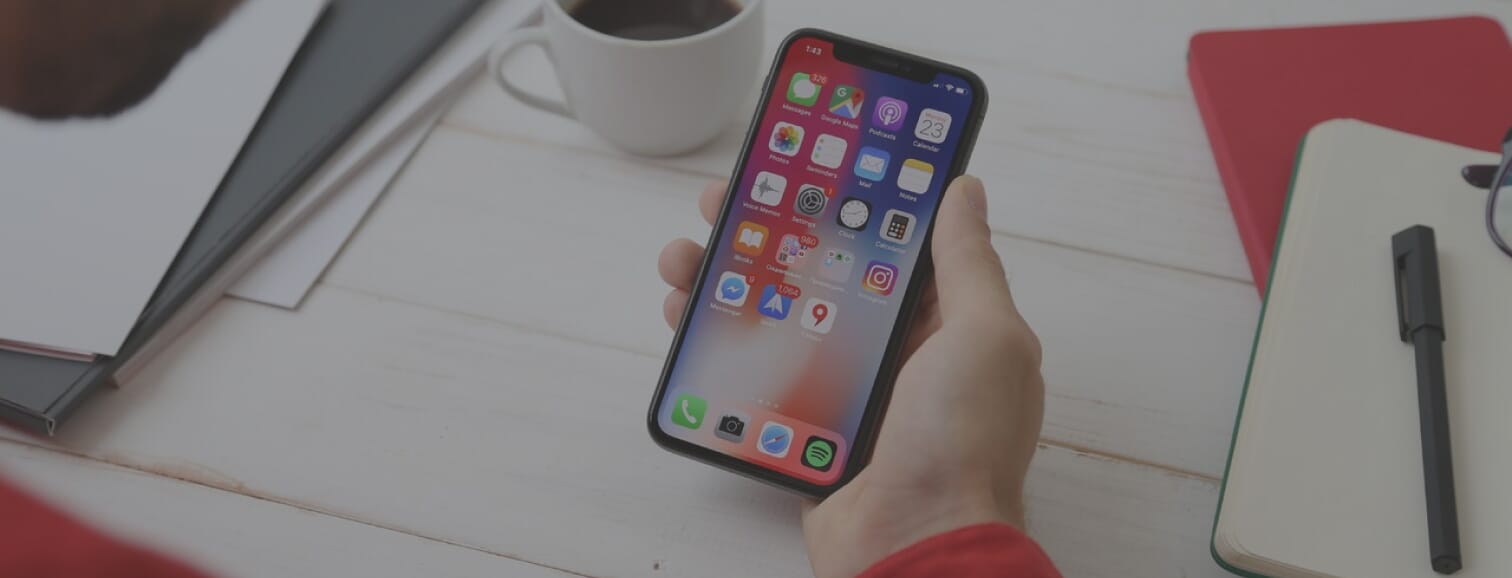
6. Is it an existing development or a new one?
You should specify whether your project needs to be developed from scratch or if you already have an existing application that needs an update or reactivation.
In this case, it’s important to inform the provider about the technology the app is built with, whether it is a native or hybrid development. If it’s hybrid, mention which framework the app is compiled with.
The provider who created the previous application should have provided documentation as part of your project’s deliverables. You should have at least:
- Technical Project Documentation, including:
- Architecture Document
- Use Cases
- Definition of Web Services
- Data Model (ER Diagram and Data Dictionary)
- Source Code, properly documented for each component (App, Web Service, and Web Portal)
Specify the documentation you have in your RFP. This will help you receive a more accurate estimate, as the new provider will be able to better gauge the effort required to pick up the project.
If you don’t have documentation, or if it’s very scarce especially if you don’t have the source code or intellectual property rights for it you may need to develop the app completely anew, which means additional investment.
7. Will the new app communicate with other systems?
It will be necessary to include in your RFP, if applicable, whether you require the app to communicate with other systems and/or existing databases within your organization as part of its functionality. If so, you should at least specify the technology used by these systems in general terms.
Your provider will need to know if, for example, you have a web service—a “connector” that allows the mobile app to query or exchange information with other systems within the company—or if you want the new provider to develop this technology.
8.Will you need post-development maintenance?
In technology, mobile devices change rapidly. According to a survey conducted by DEIA on their blog “El Rincón Androide,” the lifespan of a smartphone in Latin America is between 20 and 36 months. Therefore, if your app will provide a service to your customers, you should consider future maintenance.
If you have an IT department, you should decide whether they will be responsible for maintaining your new app or if maintenance should be one of the services offered by your provider.
This is a crucial factor, especially if you plan to deploy an app that provides a critical service for your business that must operate 24/7, or if the operation of your new app is essential to a strategic line of your business.
However, not all businesses operate like a bank or Uber, which require 24/7 operation. If your app provides a service but its operation is not critical to the business, your provider needs to know this to quote the appropriate support and maintenance services for your needs.
Contracting a 24/7 support and maintenance policy is often very costly due to the service availability. Therefore, it’s essential to honestly evaluate and consider whether your business would truly be affected if your app were to fail and what the impact of an interruption would be: the shorter the allowed service interruption time, the higher the cost.
At Sferea, we offer support and maintenance services tailored to your needs: business hours and 24/7 support, telephone and email assistance worldwide, and on-site assistance in Mexico City.
ABOUT THE FUNCTIONALITY OF YOUR NEW APP
9. Sensors and Capabilities of Mobile Phones
Currently, phones and tablets come equipped with multiple sensors (accelerometer, gyroscope, etc.), high-resolution cameras, GPS, and increasingly more users keep their phones always connected to the Internet.
To take advantage of all the phone’s resources, you should ensure that the functionality you incorporate into your new app is useful. For example, if you want to integrate the GPS system into your app, you need to evaluate how to do it:
If your business has thousands of branches nationwide, like pharmacies, banks, ATMs, etc., the app could allow users to locate icons on a map representing the nearest units to their current location.
However, if you only have two branches in a region, presenting a map might not be necessary. It may be more convenient to add a couple of icons in the app so users can press them to see the route in Waze to reach your business.
Push notifications, which are alerts you can send to users’ phones, are also an important part of defining your app’s scope. You should mention in which cases you want to send these messages. Our recommendation is to use them wisely, as overusing them can lead users to uninstall your app.
10. Do you have a mockup or wireframe? Mention it!
A mockup or wireframe are diagrams or sketches that visually represent the screens of your app, and can be an excellent visual reference to help understand how your mobile app or website will look.
Having a mockup or wireframe will allow the providers invited to participate in the project to have a clear and concise overview of the functionality you want to achieve with your app, resulting in a more accurate quotation.
You can also provide the necessary elements of your company’s graphic identity, such as logos in PNG format and institutional color palettes. These will be very helpful for creating the design of your app and will allow the provider to present a product that closely resembles a final version, giving you a view that aligns with your preferences and needs.
Now you know, with these valuable tips, you’ll be ready to create an RFP that will help you receive competitive proposals and make better comparisons to choose the ideal provider for your next app.
At Sferea, we are leaders in mobile app development. If you’re considering implementing a mobile app to grow your business, count on us. Send us a WhatsApp at +55 4574 5419 or email us at mobi@sferea.com, and one of our experts will be happy to assist you.
At Sferea, with over 16 years of experience and more than 350 successfully published applications, we are a leader in developing mobile apps for businesses. We create enterprise, loyalty, fintech, financial, and banking solutions that deliver real value. We support you throughout the entire process from user experience design to analysis and development always applying the best practices in the market. Boost your business with us!
- Apps Low-Code, Apps Nativas, Desarrollo de Apps, PWA, Soporte y mantenimiento
Related Articles
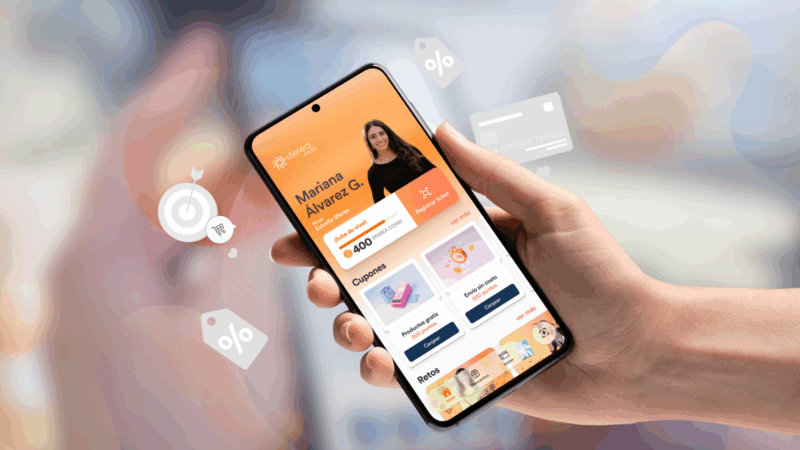
- Apps Nativas, Desarrollo de Apps, Diseño UI/UX, Sferea, Sin categoría, Tecnología

- Apps Nativas, Desarrollo de Apps, Diseño UI/UX, Sferea
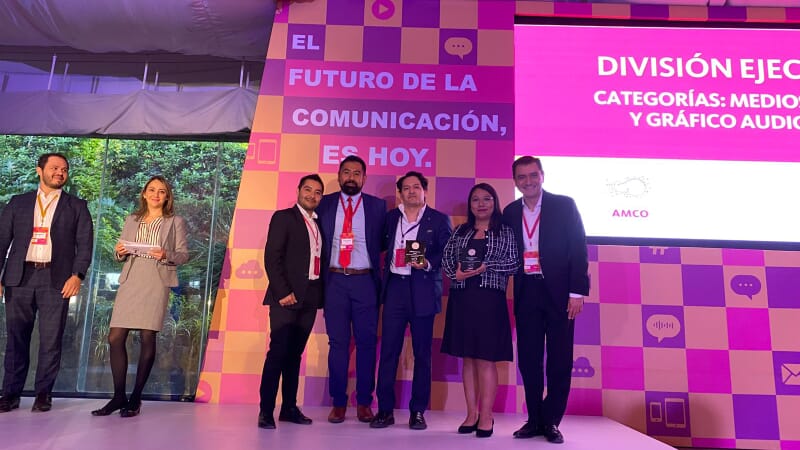
- Apps Nativas, Desarrollo de Apps, Diseño UI/UX, Sferea, Tecnología
